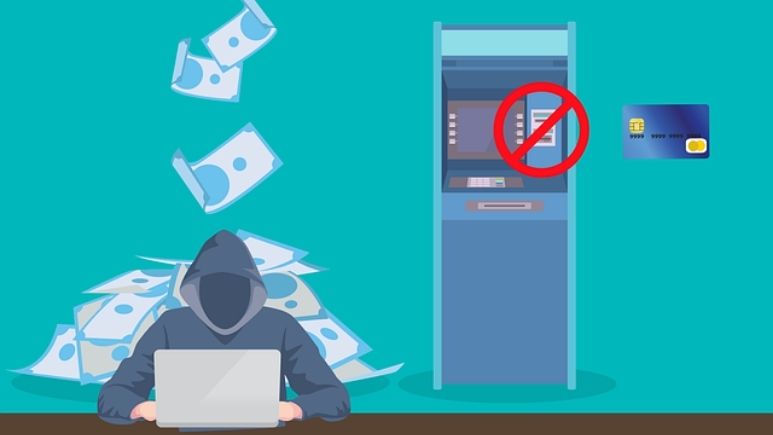Developing nations like India, Bulgaria, Sri Lanka, Pakistan, and many others, have been striving to grow their economies. And indeed, over the years, these countries have made strides in an attempt to match the global development index.

It is noteworthy that the banking systems have been the most critical players in this growth.
The digitalization of the banking system from pape
However, there’s still one aspect that needs to be handled carefully – ATM security.
According to a survey, card skimming, ATM jackpotting, black box ATM attacks are some of the most common security issues with the digital payments module.
This brings us to the growing need for foolproofing the ATM networks both on-site and off-site.
And this is where ATM switches can help.
What does an ATM switch do?
Before we get to the cybersecurity measures, let’s brief what an ATM switch is and how it works.
An ATM switch helps establish a connection between the automated teller machines and the accounting platform of the bank.
In simple words, it is the technology that helps connect users to their accounts when using an ATM.
Apart from this, an apex level switch helps connect different switches from different banks. With the help of these apex level switches, customers can withdraw their money from other banks’ ATMs too.
According to the experts at HPS-Worldwide.com, an ATM switch is one of the earliest and still most popular innovative payments solution.
What are the Vulnerabilities?
Despite being one of the most widely used technologies in the payments environment, ATM switches are vulnerable.
As already mentioned, ATM jackpotting, black box ATM attacks, and card skimming are some of the common frauds. The critical information here is that all these frauds are possible only if a switch is active.
However, instead of connecting the ATM with the bank’s accounting network, the switch is tricked. Meaning, it is virtually hacked to dispense more money without actually connecting with the account information.
Some of the other common vulnerabilities may include:
- Unauthorized access to bank servers
- Environmental controls
- Network management and security
- User access and control
- Data leak
- Patch deployment and configuration, and there are many more.
What is the Solution?
First, the banks need to implement a robust audit system to control and check access to the network.
Apart from this, banks and government agencies can also implement advanced real-time defense and management for possible threats.
However, most important of all is complying with the various standards and using encrypted data packets for ATM switches.
All these simple yet effective strategies can limit the damage to a large extent.
The Takeaway
It is noteworthy that there is no one way out of these problems. Besides, knowing that even the developed economies are not immune to such attacks and threats might ease your thoughts.
Nonetheless, it is only possible to overcome these challenges by adopting innovative technologies that support innovative payment methods.
